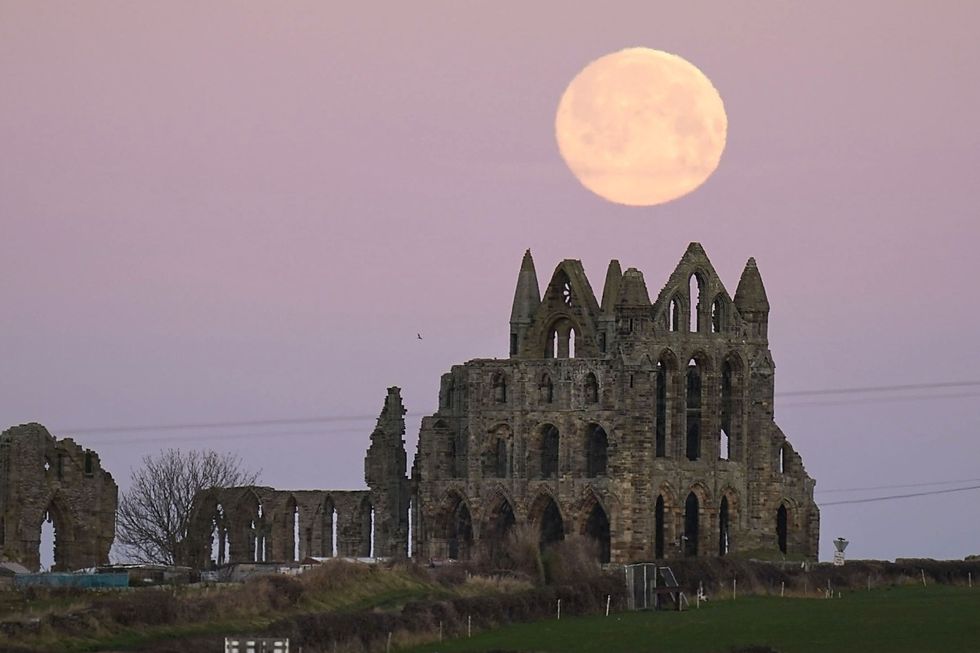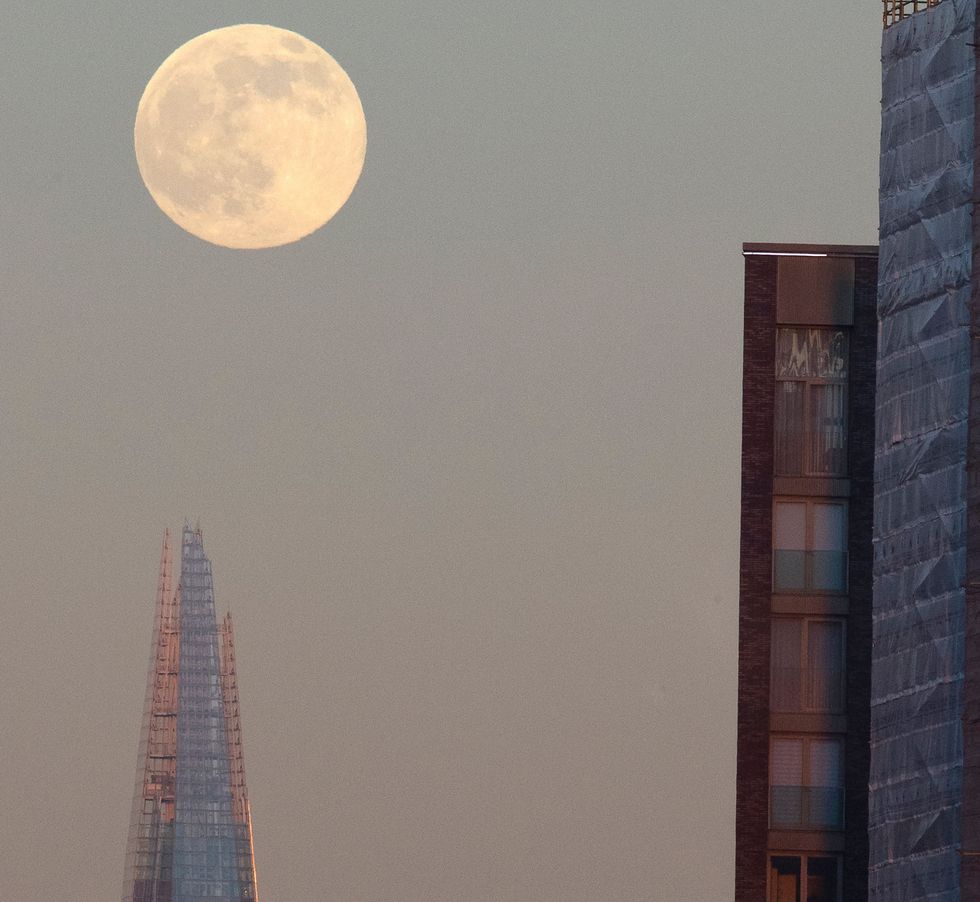How to see tonight’s ‘Wolf Moon’ as UK stargazers to also catch rare astronomical event
The first full moon of 2025, known as the Wolf Moon, will grace UK skies tonight alongside a special guest – the planet Mars – which will reach peak visibility for the first time in more than two years.
The celestial spectacle begins as the moon rises at 3.21pm, becoming increasingly visible after sunset at around 4.30pm.
Mars will draw closer to the moon throughout the evening as both bodies climb higher in the night sky, creating a striking visual display visible to the naked eye.
The moon will reach its peak fullness at 10.28pm GMT tonight.

Weather conditions may affect viewing of this celestial display across the UK tonight, according to BBC weather presenter Helen Willetts.
A weather front moving across Scotland will bring patchy rain and drizzle to central parts of the country.
However, clearer skies are expected across eastern Scotland and later in Northern Ireland.
Parts of central southern England, the south-east and East Anglia may enjoy cloud-free conditions, though mist and fog patches could develop.
SCIENCE LATEST:
- Asteroid large enough to spark ‘globally catastrophic’ destruction to soar past Earth tomorrow
- Last year was warmest on record, breaking new threshold as scientists highlight devastating events
- Scientists issue warning over melting Antarctica ice…but not for the reason you think
The moon should be visible throughout the evening, though some cloud cover may restrict views.
According to the Old Farmer’s Almanac, January’s Wolf Moon earned its name from Native Americans who would hear wolves howling during this time of year as hunger set in during the long winter season.
The full moon also carries alternative names including Stay Home Moon, Quiet Moon and Severe Moon.
These names come from the harsh winter conditions during the period when moonlight provides the only natural illumination for more than 12 hours.

While UK skywatchers can witness Mars and the Wolf Moon together in tonight’s sky, viewers in the United States and West Africa will experience an even rarer sight.
In these regions, Mars will be briefly eclipsed by the Moon in what astronomers call an ‘occultation’.
Though British viewers won’t see the occultation due to geographical positioning, they will still have an excellent view of both celestial bodies moving together across the night sky.
The red planet will appear as a reddish dot alongside the moon, visible to the naked eye when looking east.
Looking ahead, the next full moon of 2025 will be the Snow Moon on February 12.
The year will feature several notable celestial events, including three supermoons starting with the Hunter’s Moon on October 7.
Mars will reach its peak visibility this Thursday, appearing at its brightest – an event that occurs only once every 780 days.
September will bring a total lunar eclipse, set to be the longest since 2022 at one hour and 22 minutes.
The year will conclude with the Geminids meteor shower on December 14.

